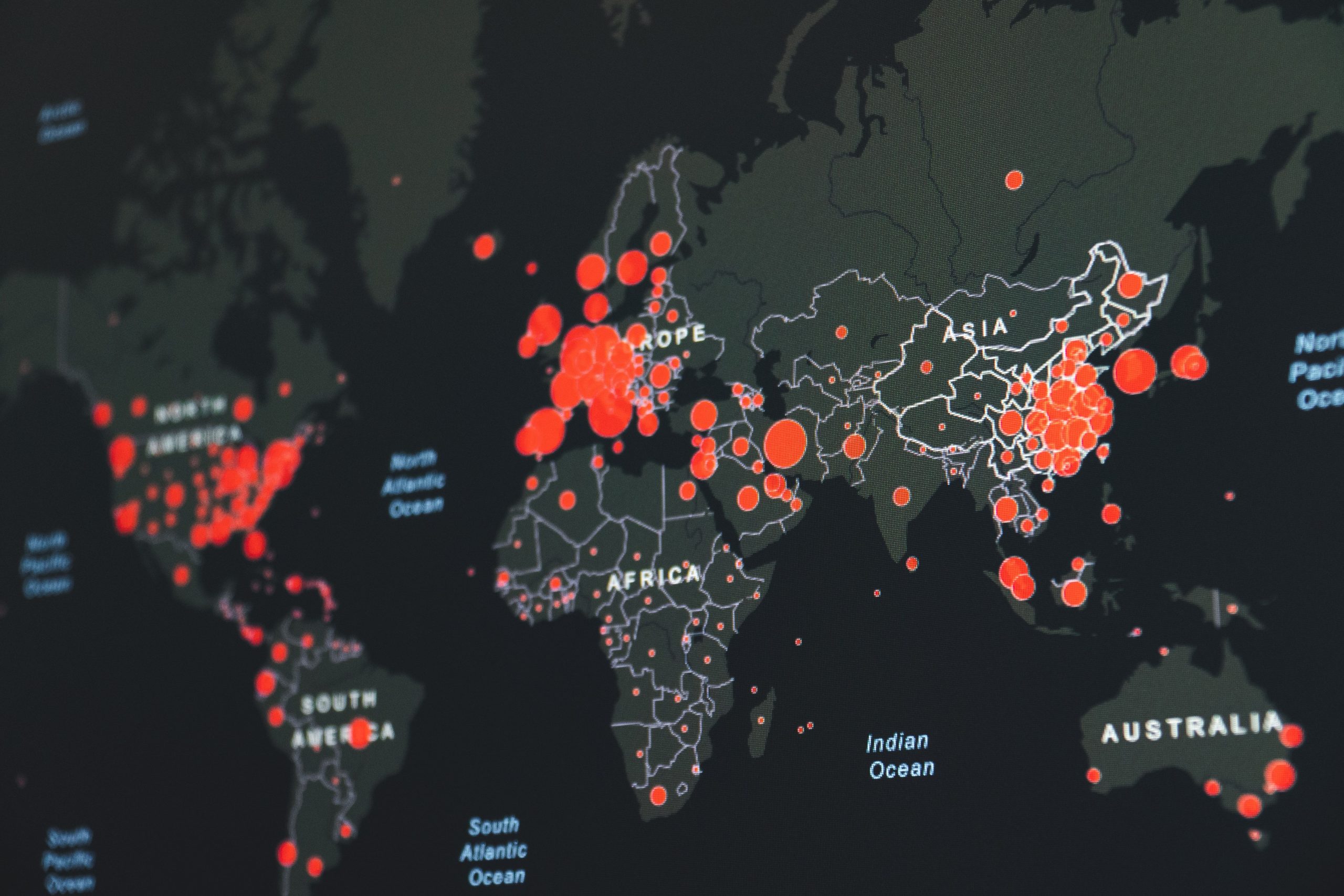World Health Organization (WHO) Chief Scientist Soumya Swaminathan has said that India seems to have reached some sort of stage of endemicity in the COVID-19 situation. The endemic stage is expected to be fully reached by the end of 2022.
Also Read | What does full approval of Pfizer’s COVID-19 vaccine mean?
So what does this mean and how will it affect our lives? Opoyi brings you a lowdown on all you need to know about endemicity.
What is an endemic stage?
According to Dr Soumya Swaminathan, “a disease reaches an endemic stage when a population learns to live with the conditions.” It means its spread is limited to a particular area and its rate is predictable. Unlike an epidemic, it does not overwhelm a population, says Columbia University’s Mailman School of Public Health.
The Centers for Disease Control and Prevention (CDC) says that endemic “refers to the constant presence and/or usual prevalence of a disease or infectious agent in a population within a geographic area.”
What are the features of the endemic stage?
One of the most significant features of an endemic stage is that by this time people have already learnt to live with the virus. As long as vaccinations are done on time and people follow the COVID-19 guidelines, this stage will be reachable.
Also Read | India records 37,593 new COVID-19 cases, over 1,200 more than yesterday
The level of transmission in an endemic stage of the virus is usually normal to moderate, while it is highly unlikely to observe an exponential growth that had become regular in the past few months. Furthermore, due to diversity in demographics and such a large population, India is expected to witness highs and lows consistently. The vulnerable population where access to vaccination is low will see peaks and troughs for the next many months.
“As far as India is concerned that seems to be what is happening and because of the size of India and heterogeneity of population and immunity status in different parts of country in different pockets, it is very very feasible that the situation may continue like this with ups and downs in different parts of the country, particularly where there are more susceptible population, so those groups who were perhaps less affected by first and second waves or those areas with low levels of vaccine coverage we could see peaks and troughs for the next several months,” Dr Soumya said.







